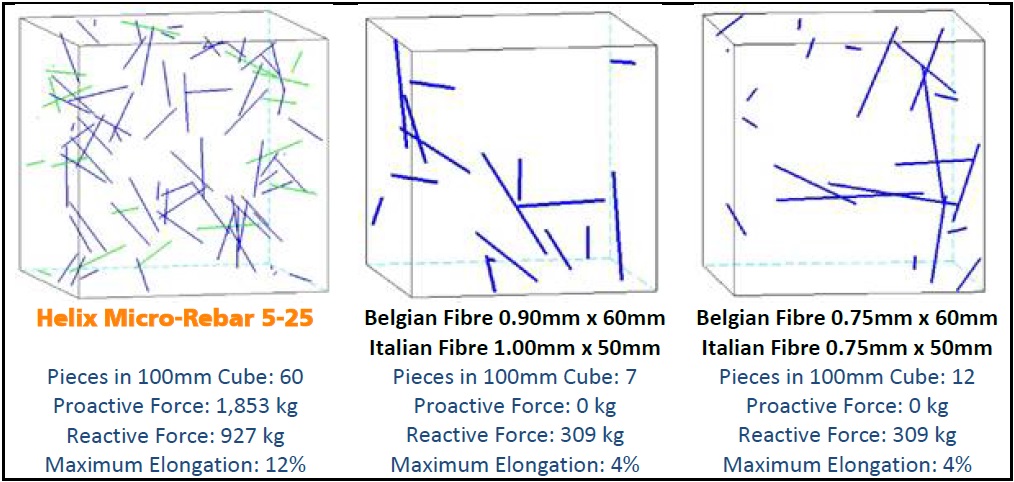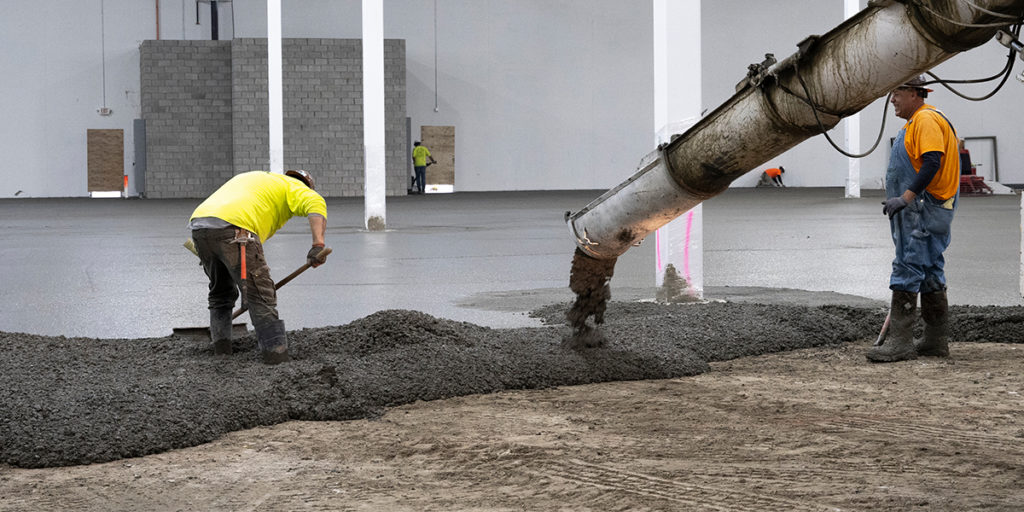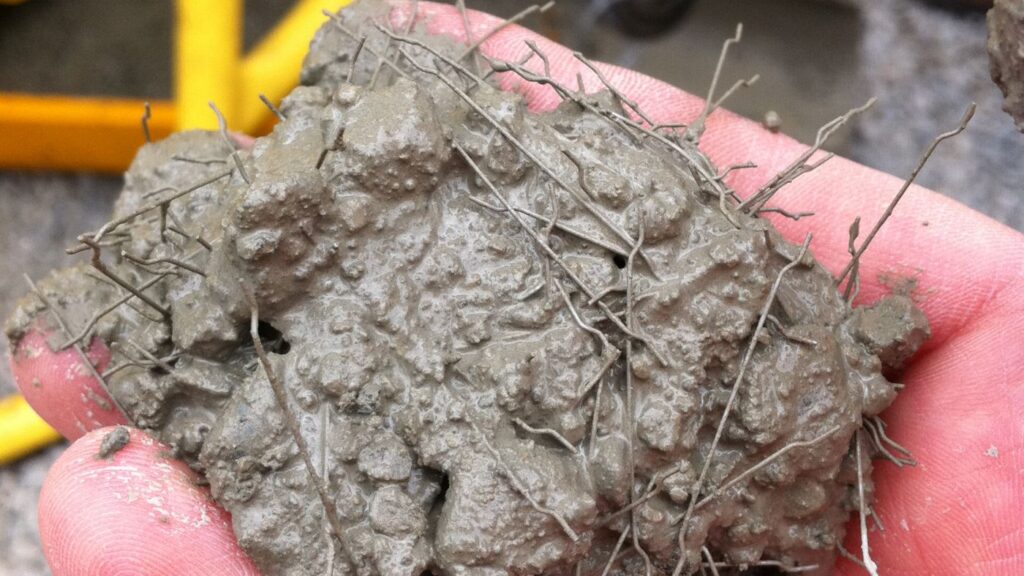Steel fiber reinforced concrete (SFRC) and rebar are two popular options for reinforcing concrete structures. While both provide strength and durability to concrete, they differ in terms of cost, installation, and performance. SFRC is a relatively newer technology that involves adding steel fibers to concrete mixtures, while rebar involves placing steel bars inside the concrete structure.
Introduction:
Reinforced concrete is a popular building material due to its strength, durability, and versatility. It is used in a wide range of structures, from bridges and dams to high-rise buildings and residential homes. To enhance the structural properties of concrete, reinforcing materials like steel fibers and rebar are used. While both options are effective, they have their advantages and disadvantages. In this article, we will explore the topic of Steel Fiber Reinforced Concrete vs Rebar, the differences between SFRC and rebar, and help you decide which one is best suited for your project.

What is Steel Fiber Reinforced Concrete?
SFRC is a type of concrete that contains steel fibers as a reinforcement material. The steel fibers are added to the concrete mixture during the mixing process and act as a secondary reinforcement. The fibers are typically made of high-strength, low-alloy steel and are available in various shapes and sizes. SFRC is known for its excellent ductility, toughness, and impact resistance, making it ideal for structures that are subjected to heavy loads or seismic activity.
Advantages of Steel Fiber Reinforced Concrete
SFRC has several advantages over traditional reinforced concrete, including:
- Increased durability: SFRC is more resistant to cracking, spalling, and corrosion than traditional reinforced concrete.
- Enhanced toughness: The steel fibers in SFRC improve the toughness and ductility of the concrete, making it more resistant to impact and fatigue.
- Improved fire resistance: SFRC has better fire resistance properties than traditional reinforced concrete, as the steel fibers help to prevent spalling and maintain the structural integrity of the concrete.
- Reduced construction time and costs: SFRC can be poured and finished more quickly than traditional reinforced concrete, reducing construction time and costs.
What is Rebar?
Rebar, short for reinforcing bar, is a steel rod that is commonly used to reinforce concrete structures. The steel bars are placed inside the concrete structure before it sets, providing additional strength and support. Rebar comes in various sizes and shapes and is usually made of carbon steel or stainless steel.

Advantages of Rebar
Rebar has several advantages over SFRC, including:
- High strength: Rebar provides high tensile strength to concrete, making it ideal for structures that are subjected to heavy loads or stress.
- Low cost: Rebar is relatively inexpensive compared to other reinforcement materials, making it a cost-effective option for many construction projects.
- Proven technology: Rebar has been used in construction for over a century and is a well-established technology with a proven track record.
Disadvantages of Steel Fiber Reinforced Concrete
While SFRC has many advantages, there are also some disadvantages to consider, including:
- Higher cost: SFRC can be more expensive than traditional reinforced concrete due to the cost of the steel fibers.
- Limited availability: SFRC may not be readily available in all regions, making it difficult to source for some projects.
- Difficulty in placement: The steel fibers in SFRC can make it difficult to place and finish the concrete, requiring specialized equipment and techniques.
Disadvantages of Rebar
Rebar also has some disadvantages, including:
- Corrosion: The rebar is susceptible to corrosion, which can weaken the structure over time.
- Labor-intensive installation: Placing and securing rebar inside the concrete structure can be labor-intensive and time-consuming, adding to the overall cost of the project.
- Limited design flexibility: Rebar is limited in terms of design flexibility, as it must be placed in a specific pattern and location to provide the necessary reinforcement.

Conclusion:
Both SFRC and rebar are effective options for reinforcing concrete structures, but they have their own advantages and disadvantages. SFRC offers increased durability, enhanced toughness, improved fire resistance, and reduced construction time and costs, but it can be more expensive and difficult to place. Rebar provides high strength, low cost, and proven technology, but it is susceptible to corrosion, labor-intensive to install, and limited in design flexibility.
Ultimately, the choice between SFRC and rebar will depend on the specific needs and requirements of your project. Consider factors such as cost, availability, durability, and design flexibility before making a decision. With the right choice, you can ensure that your concrete structure will be strong, durable, and long-lasting.